John Hurrell – 6 July, 2023
These big canvases present tightly interlocking curvaceous forms that are flat and feathery, rendered with wide house-painting brushes to create a soothing airy ambience—despite being compositionally closely packed. They are stately, silky and elegiac.
Christchurch artist and painting lecturer, Robin Neate, regularly exhibits at Melanie Roger. In this new show, his two large Ray paintings of 2013 have high profile. (One’s in the streetfront window.) They refer to Nicholas Ray, the American film director highly regarded for his use of colour. Gloria Grahame was the name of one of Ray’s wives and a star in his 1950 film noir film, In a Lonely Place. Slow Boat to China seems to allude to Ray’s long drawn out descent into alcoholism and drug addiction.
These big canvases present tightly interlocking curvaceous forms that are flat and feathery, rendered with wide house-painting brushes to create a soothing airy ambience—despite being compositionally closely packed. They are stately, silky and elegiac.
Neate‘s eight much smaller Other Yesterdays works of 2011 are more Tachiste in surface, being rendered with thin-tipped illustration brushes, and raw and frenetic. The agitated textures draw you close, for the diminutive framed canvas boards are comparatively intimate but with a twitchy snippy physicality. They are gritty and truculent, with white mixed in tertiary hues through wobbly linear streaks.
Their composition is loose, with nearby tactile forms hovering in front of another comparatively empty back-space; two overlapping spatial layers being suggested. Their titles reference nineteenth century art history, particularly French painters like Cézanne, Seurat or Redon.
Amusingly, the artist’s method of naming his other larger works via Hollywood celebrityhood is cunning, for its language use is strangely parasitic, drawing in unseen attendant narratives, and grandiosely hinting in parallel that Neate himself is a director.
In 1994 the brilliant American painter David Reed superimposed his arabesque abstract paintings onto a photo of the bedroom in Hitchcock’s film, Vertigo (1958), via doctored stills and videos. He was interested in a virtual space that as a cheeky (maybe pompous) strategy injected a new context, some new life into public perception of his painting. It was very successful, though in my view unnecessary. Reed is a wonderfully inventive painter anyhow.
Neate doesn’t insert or recontextualise, but he uses his love of American film as a sort of misty conceptual blanket to textually wrap around his colourful non-objective images. According to the gallery handout, he also alludes to the pink-tinged colours of Canterbury sunsets on nippy autumn evenings, seemingly stretching out in two directions for, let’s say, a… ‘Cantifornia’ sensibility.
John Hurrell
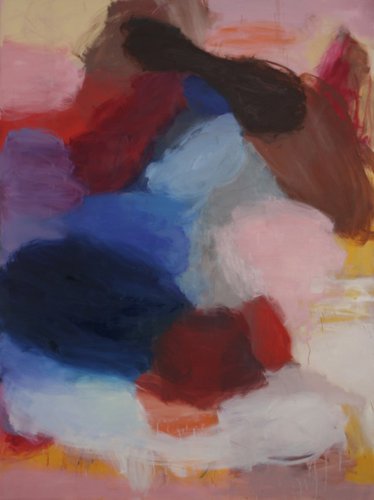

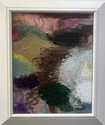
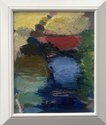
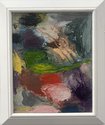
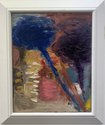
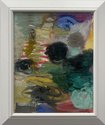
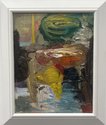
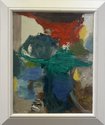
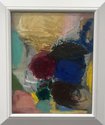
 Advertising in this column
Advertising in this column Two Rooms presents a program of residencies and projects
Two Rooms presents a program of residencies and projects



This Discussion has 0 comments.
Comment
Participate
Register to Participate.
Sign in
Sign in to an existing account.